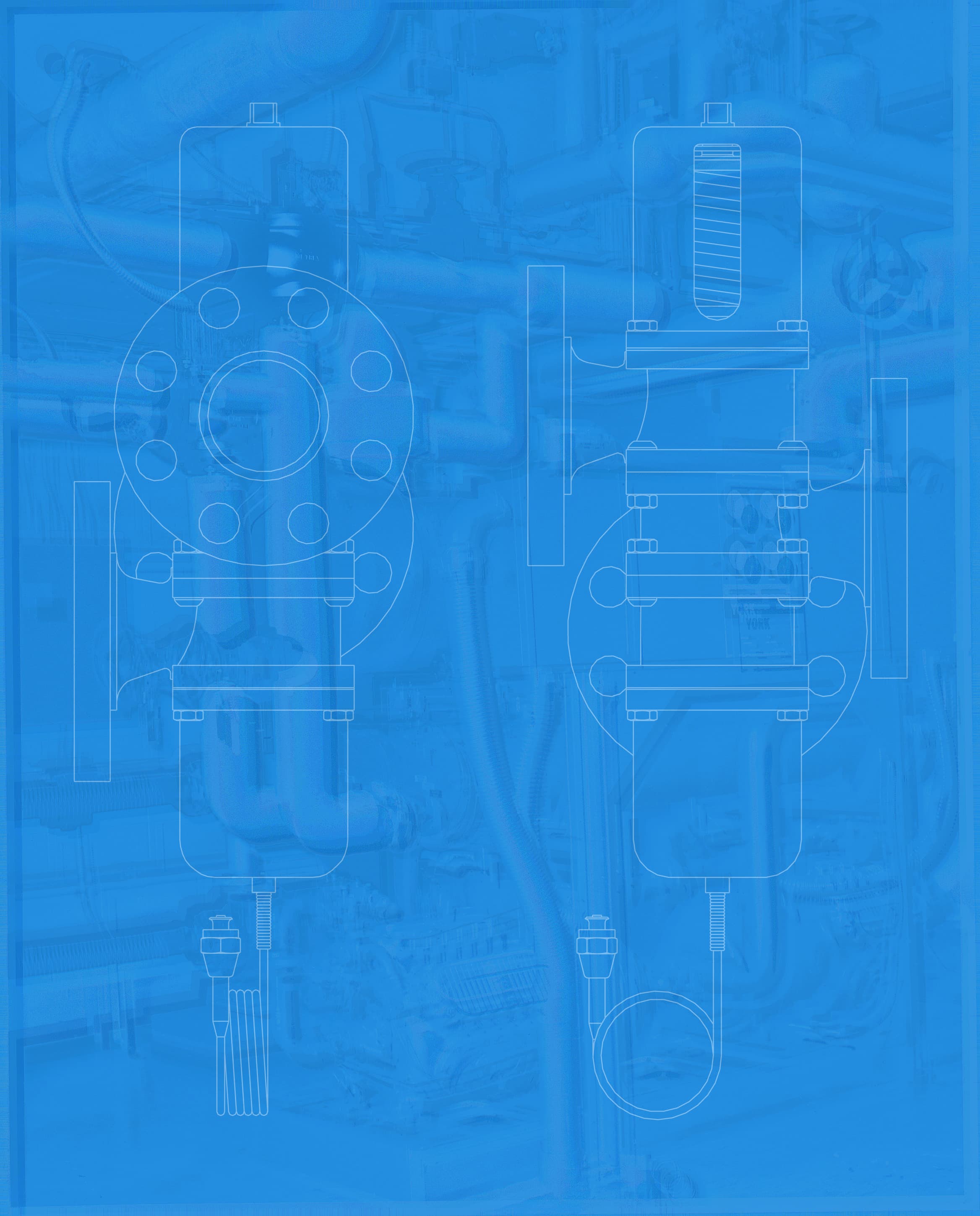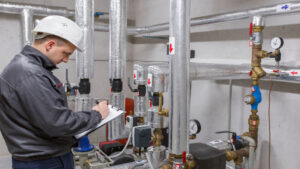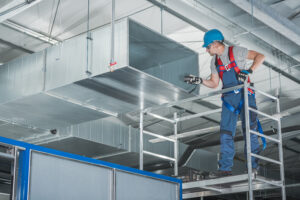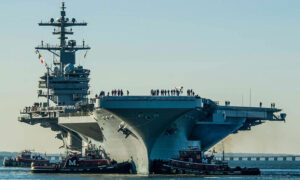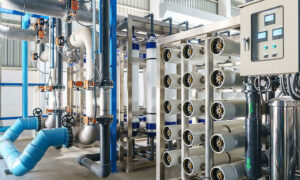Giant oceangoing vessels such as cruise ships and container ships are so massive that it may be difficult for the uninitiated to envision how they’re built in the first place. These large craft require specialized industrial facilities to facilitate their creation, shipyards located in port cities along rivers or near the sea. From there, completed ships go on to their destinations at ports around the world, hauling cargo or carrying passengers according to their design. But those first steps in the shipyard are critical for ensuring the safety and seaworthiness of the vessel long before a crew comes aboard.
What Happens at a Shipyard
A shipyard is a construction site where ships and boats are initially built. (A dockyard, by contrast, is where ships are usually stored or repaired.) A variety of facilities and equipment necessary to build a ship from the ground up can be found there, including large cranes to move and place ship components, machinery to prepare and secure the hull, equipment to weld parts of the ship together, dry docks, and slipways where completed segments can be floated.
First the watertight hull is built on land, before the rest of the ship is assembled on top of it. To ensure that the hull is structurally sound and free from defects, it is tested with torrents of water released from dams in a factory-test environment, well before the entire vessel is floated and pushed into a real body of water. While the hull may be fully built on site, often other components of a large ship will be built off site and brought to the shipyard to be added to the ship as construction proceeds. For example, modular passenger cabins for cruise ships are produced at other locations and trucked to the shipyard. When construction has progressed to the appropriate point, these are plugged into place like building blocks to transform the basic form into a full-fledged leisure environment for travelers.
Where Large Vessels Are Built
Unsurprisingly, only certain shipyards are capable of constructing the largest types of ships populating the world’s shipping lanes and cruise routes. Like airplanes, these vessels are not built by the companies that operate them, but by specialized manufacturers that have invested in the equipment and expertise necessary for the time-consuming and painstaking process. Purchasers must contract with the shipyards well in advance, because it can take up to a year and a half for the building process from start to finish.
Currently, the largest shipyard in the world is Hyundai Heavy Industries in South Korea. That facility builds industrial ships such as container ships, oil tankers, and naval vessels. Other large shipyards include Mitsubishi Heavy Industries in Japan, Samsung Heavy Industries in South Korea, Fincantieri in Italy, and Meyer Werft in Germany. While certain shipyards focus on producing industrial craft such as LNG tankers, container ships, Floating Production Storage and Offloading (FPSO) vessels, or other special purpose ships, others are geared toward commercial vessels like cruise ships and ocean liners.
The Importance of Quality in Marine Applications
For vessels that may spend weeks if not months far from land and the possibility of repair, the quality of construction and parts is of paramount important. Harsh ocean conditions and the corrosive effects of seawater take a toll on every part of a ship, making it difficult to maintain top function and efficiency. Metrex Valves are designed to meet this challenge and provide unmatched reliability in the most demanding applications.
As an industry-leading U.S. manufacturer, Metrex Valves has been designing and building quality valves to deliver “set & forget” performance for over 60 years, optimizing capital equipment life and saving you time, money, and stress. In addition to our catalog of off-the-shelf products, we can custom engineer valves for marine and other specialty applications that meet the most rigorous standards of the industry. When you need the utmost in quality, reliability, and dependable sourcing, Metrex is your solution. To find out more about Metrex Valve products, contact us here.

